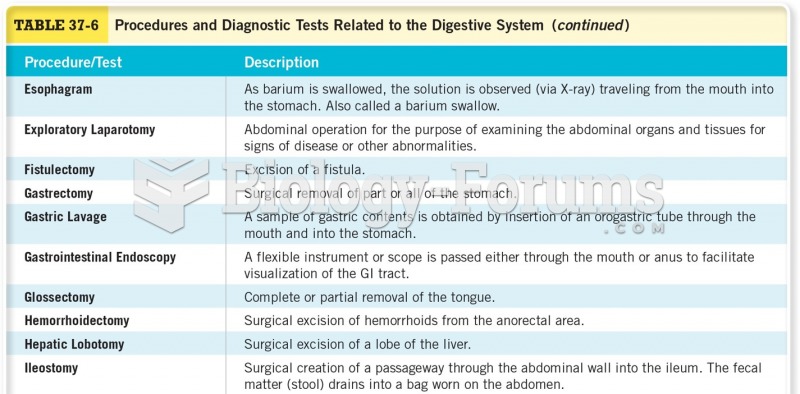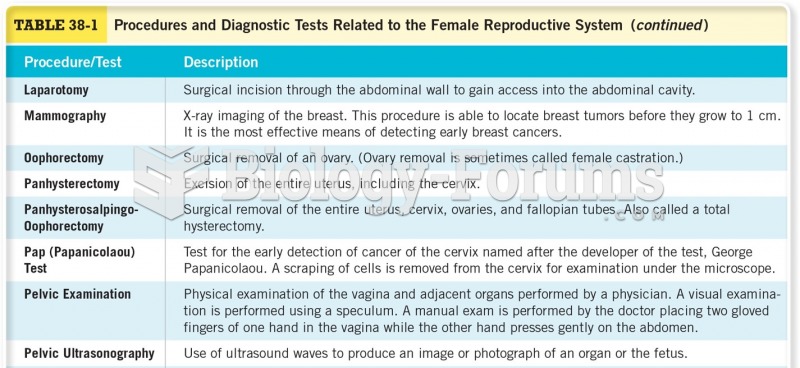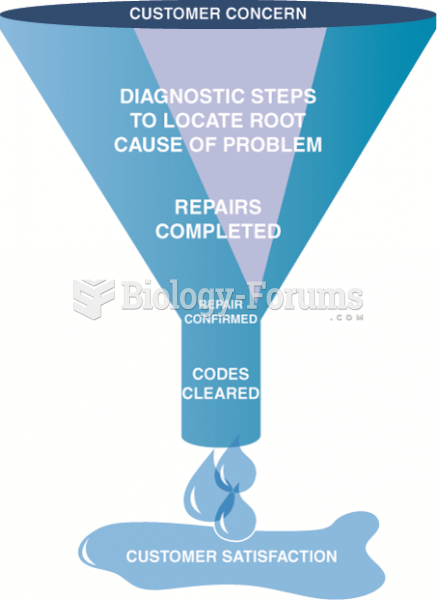Answer to Question 1
Answer: The Uniform Guidelines provide a single set of principles that were designed to assist employers, labor organizations, employment agencies, and licensing and certification boards in complying with federal prohibitions against employment practices that discriminate on the basis of race, color, religion, sex, and national origin. The Uniform Guidelines provide a framework for making legal employment decisions about hiring, promotion, demotion, referral, retention, licensing and certification, the proper use of tests, and other selection procedures.
Answer to Question 2
Answer: Caregiver (family responsibility) discrimination is discrimination against employees based on their obligations to care for family members. The EEOC has issued a technical assistance document on how employers of workers with caregiving responsibilities can avoid violations of Title VII of the 1964 Civil Rights Act and other fair employment laws and reduce the likelihood of discrimination complaints. According to the EEOC, the guidance is not binding on employers but rather offers best practices that are proactive measures that go beyond federal nondiscrimination requirements. Federal law does not prohibit discrimination on the basis of caregiver status but rather it is concerned when workers with caregiving responsibilities are treated differently based on a characteristic that is protected by laws, such as gender, race, or association with an individual with a disability. Caregiver discrimination has become the new battleground in employment claims. Examples of possible caregiver discrimination violations include treating male caregivers more favorably than female caregivers; reassigning a woman to less desirable projects based on the assumption that, as a new mother, she will be less committed to her job; or lowering subjective evaluations of a female employee's work performance after she becomes the primary caregiver of her grandchildren, despite the absence of an actual decline in work performance. In recent years, employees have begun filing more and more caregiver discrimination lawsuits. The challenge for employers is to develop the right mix of flexibility and fairness in work scheduling, leave policies, dependent-care assistance, and benefits. This will promote positive employee relations, recruit and retain a diverse and well-qualified workforce, address and resolve job-related issues, and defend against claims of unfair or unlawful conduct.







